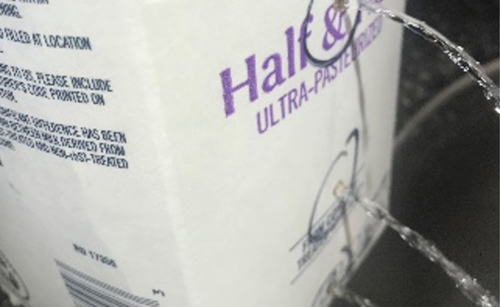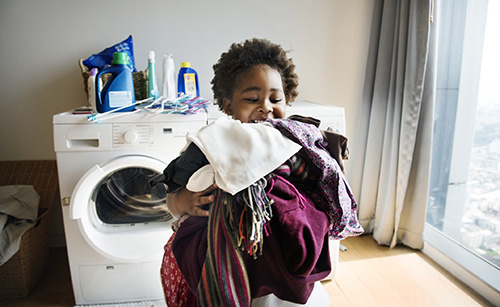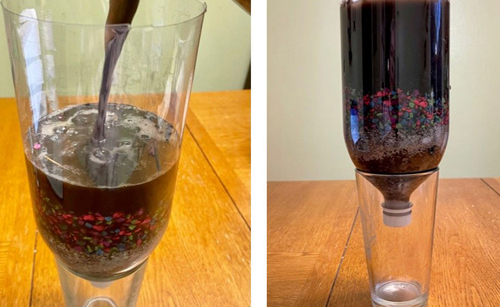Instructions
Ready to get started with this activity? To keep track of your progress, check off the instructions for each step below as they are completed. Make sure to check the box of the last step when you’re done to receive congratulations for your completed activity!
Consider this:
Have you ever wondered why adults tell you to put on a coat and hat in the winter? To keep you warm, of course! Well, buildings also have a “coat” and “hat” (of sorts) to help control temperature. In buildings with attics, walls, and crawl spaces, there are materials, called insulation, that combat energy loss. Insulation slows heat from leaving living areas in winter and slows the heat from entering in summer. Insulation can be made out of paper, finely spun glass, chemicals – even old jeans!
In fact, every inch of insulation has a value assigned based on its “resistance to heat loss,” and some materials have a better resistance to heat loss value than others. Energy Counselors and insulation installers call the measurement an R-Value. Your clothing works the same way! This experiment will help you to understand what the insulation is doing in the building where you live, given that we don’t want to touch insulation directly without proper safety gear.
- (7) glasses – all the same size and shape
- Water
- Digital thermometer
- Wool
- Cotton
- Denim
- Lace
- Fleece
- Nylon
- Timer
- Paper
- Pencil
- Rubber bands
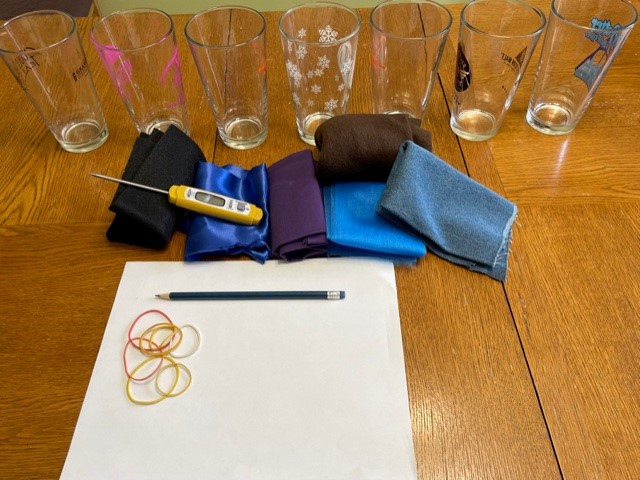
- Place all types of materials on the table. If using scraps of material, it may be a good idea to write what type it is (i.e. fleece, nylon, etc.).
- Write down which materials you think will keep you warm and which will keep you cool. This is your hypothesis.
- Place one glass on the table for each piece of fabric, and one glass that will be our control in the experiment. The control glass will get the same temperature of water as the others but no material will be used.
- Now wrap each glass with a different fabric, like you’re putting a blanket around your shoulders.
- Use rubber bands to hold the fabric on the cup.
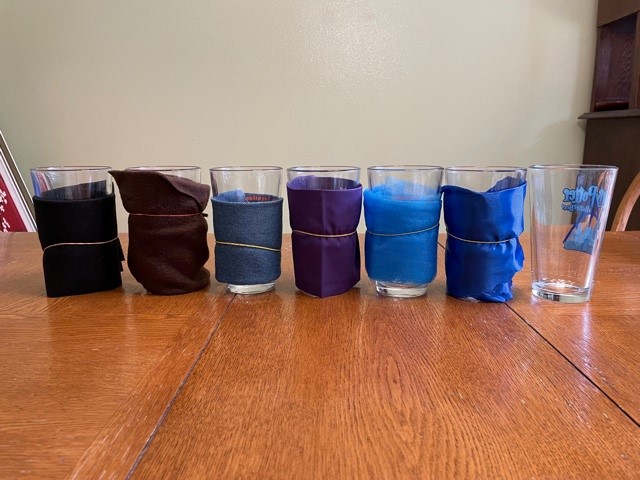
- With the help of an adult, fill each glass with hot water.
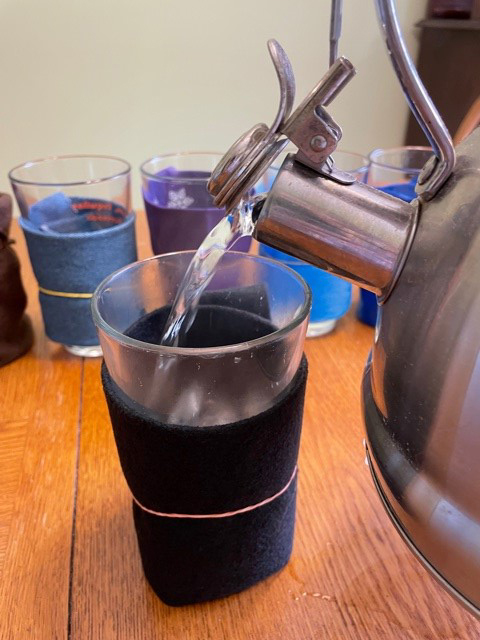
- Use the digital thermometer to measure the temperature of each glass and material. Record your findings.
- Wait for ten minutes, using a timer to help keep track of time.
- Which fabrics kept the water closest to the starting temperature?
- Which fabrics had the greatest temperature loss?
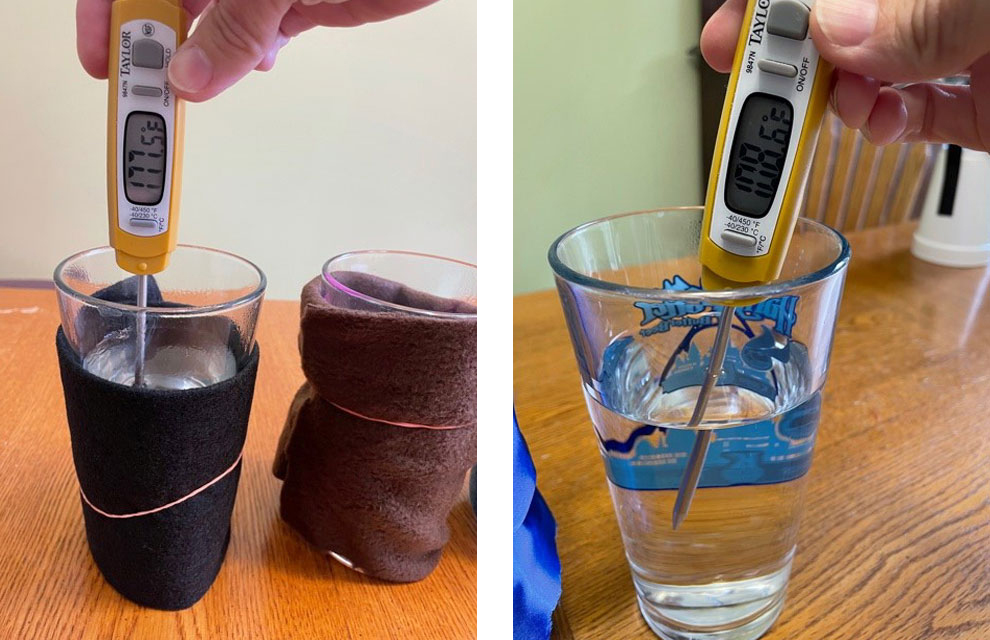
- Think about the clothing you wear in the summer.
- Is the material heavy or light?
- Do certain colors keep you cool and others warm you up?
- When you think about cultures that live along the equator, what colors and types of clothing do they wear?
- What about people that live near the north and south poles?



